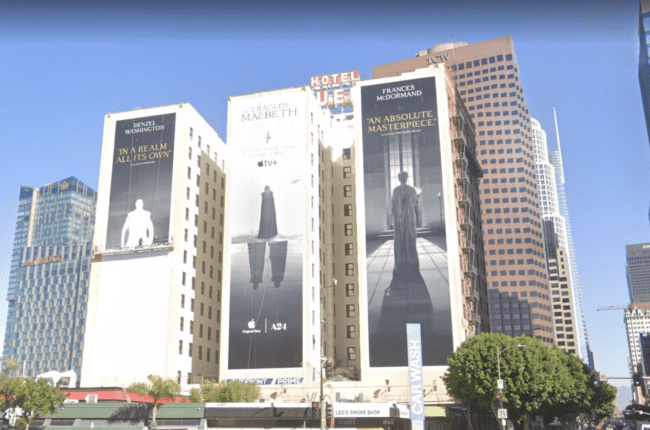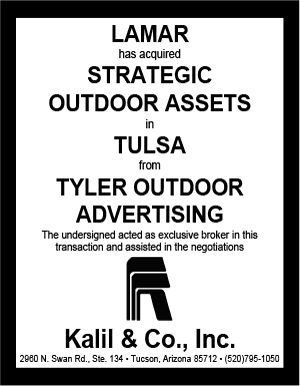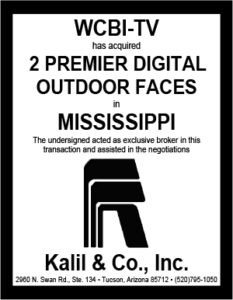
Today out of home site development expert Andy Goodman talks about walls and spectaculars.
Walls and Spectacular leases
There are many types of walls and spectaculars, such as painted, sticky back vinyl, vinyls attached with eyebolts and cable, projected and digital. For painted, sticky back and vinyl its important that the property owner understands that access to the roof of the building is necessary in some instances. If its not already there, infrastructure and equipment must be installed and stored on the roof of the building – either a bosuns chair or a moving platform similar to what window washers use that can lower the installers down the side of the building. When writing the Lease some of the deal points to consider are: Who’s going to pay for the upgrade for the infrastructure to permit any of that access? When installers drop over the side of the building, are they crossing over to someone else’s property. A lot of buildings are built right out to the property line. Are we going to need permission from the property owner next door? I had a leased property in Brooklyn and wanted to install a vinyl on the side of the building. The adjacent property owner refused to allow us to use his air rights and cross over the property line. If you are using eye bolts and cable you need to employ an engineer and get the necessary permits. At the termination of the lease, Is the outdoor company responsible for removing the eyebolts and cables and repair/fill in the holes created by the eyebolts?

Painted walls
Painted walls have additional deal points that need to be considered. The first is, are you painting the wall because the ordinance says that “Walls” with outdoor advertising must be painted because the application must be an integral part of the building? When I worked for CBS Outdoor in the early 2000’s we operated the three walls on the Hotel Figueroa that were permitted as “painted walls” because the application had to be an integral part of the wall. Through many hours of working with the City of LA I was able to convince the City that Sticky Back vinyl could also be considered an integral part of the wall. That also raised an interesting question at the City about the “burn rate” and fire testing that needed to be done on the vinyl. We got all the necessary approvals, we put the vinyl up and a competitor complained that we were using vinyl on the side of the building. Eventually we had to take the vinyl down and go back to painting the wall.
Another consideration with painted walls, if you’re going to use a lift from the base do you need to rent access from the property next door? Do you need an acesss agreement? Also, don’t forget to address paint splatter. What’s down below you? Are there cars parked? Who’s responsible for paying to move the cars?
Visibility and Walls
If a parking lot is adjacent to your wall and its owned by the same property owner you want to make sure that the property owner doesn’t put any signage on the parking lot. Most important in all wall leases is your visibility. You want to make sure that you have ingress and egress through the parking lot and that your agreement states that the areas of access to the wall will be open and accessible. You don’t want to pay the tenant who leases the parking lot an additional fee to access the wall. Lastly, make sure to write into the agreement where the two properties have a common owner but are two separate parcels, that if the parking lot and the building are sold separately there is a clause that the parking lot and any upgrades to the property cannot hamper the visibility of the wall.
[wpforms id=”9787″]
Paid Advertisement

















Another consideration on a painted wall is the time it takes to execute the design. It needs to be expressly understood in the ad sales agreement when the campaign is “Posted and Delivered”. A wall like the Hotel Figueroa is often sold as 4-week campaigns. It can take a full week to paint a new design on the wall. If the campaign is “Posted” on the last brush stroke the most you can generate is ten billing periods out of the year (unless sold as a perm with no copy changes). One of the appeals of painted walls for advertisers is the process of painting the wall. It is fascinating. It is a slow reveal. It demands attention from the public. Expressing in the sales agreement that the painting process is part of the display term eliminates ambiguity with clients. It also offers the operator the opportunity to sell the space in 13 separate campaigns during the year, a 30% increase in revenue.